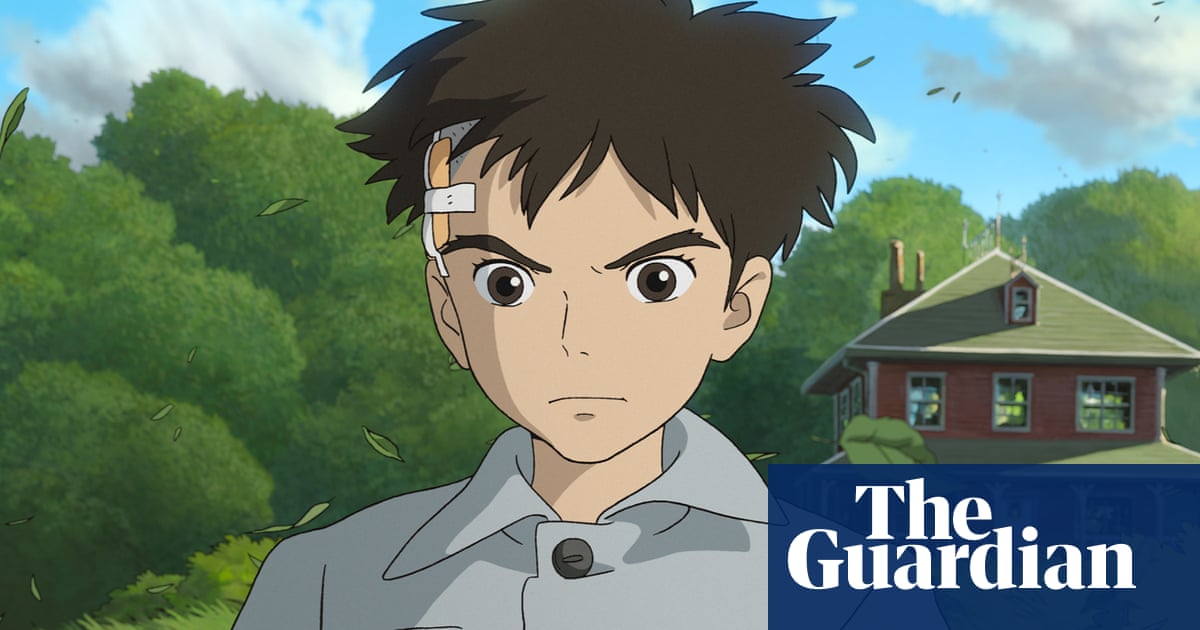
After enduring years of experimental and unhelpful treatments in Australia to treat her chronic urinary tract infections, Grace* took the drastic measure of flying to the UK to seek help for symptoms so painful she “could barely walk down the street”.
While common and uncomplicated cases of the infections, known as UTIs, are usually easily treated with a short course of antibiotics, this often does not work for chronic, recurring cases like Grace’s. Left untreated, UTIs can cause permanent kidney damage and life-threatening infections.
Of the estimated 404 million people affected globally by chronic UTI every year, 85% are women and girls. Women frequently report their symptoms are not taken seriously by doctors; that they are dismissed as having something other than a UTI; or they are told their condition must be in their heads or caused by poor hygiene.
After short courses of antibiotics failed to cure her, Grace recalls undergoing several experimental treatments in Australia, including the insertion of a catheter into her bladder multiple times a day because doctors thought that a failure to completely empty it was to blame.
“You can’t live a normal life … you never want to leave your house,” she says of the debilitating condition, which can cause an extremely painful and frequent urge to urinate, fever, cramping and burning pain while urinating.
Grace was desperate to find an effective treatment so when she heard about the work being done by 10 Harley Street Clinic in London, led by the late Prof James Malone-Lee, she decided to seek help there.
Malone-Lee and his colleagues made a discovery a decade ago that would change the course of treatment for some patients. The researchers found that in many patients with chronic UTIs, the bacteria are coated in a biofilm protecting them against antibiotics, and these bacteria penetrate and become trapped in the bladder wall, in a layer called the epithelium.
This hidden reservoir of bacteria could neither be reached nor killed by a short course of antibiotics.
It also meant that the gold-standard UTI urine test was not detecting chronic UTIs because it does not detect bacteria in the bladder’s lining.
Malone-Lee then pioneered a different and controversial approach to treatment that involves chronically ill patients taking months- or even years-long courses of antibiotics.
Under his care, Grace was placed on a long-term high dose.
“I could barely walk down the street because of the extreme pain I was in … but in two months my life was turned around,” she says. She estimates her treatment over three years – including follow-up visits to London – cost in excess of A$20,000 (£10,500).
Malone-Lee was met with pushback from the medical community because his treatment was not endorsed by the UK’s National Institute for Health and Care Excellence. After a patient suffered organ damage, his clinic was effectively shut down – causing an outcry among patients. A high court legal challenge allowed it to reopen, with the caveat that he was not allowed to treat children.
The controversy did not stop patients from seeking out his care and defending his treatment while struggling to find relief from their symptoms from other doctors.
And, last November, an Australian doctor added to the growing evidence supporting Malone-Lee’s theory of bladder wall involvement. Dr Aniruddh Deshpande, a paediatric urologist at Westmead hospital in Sydney, discovered E coli in the epithelium of a 12-year-old girl. She had been suffering from non-stop UTIs for three years.
“The inside of the bladder was like a battlefield,” he told the Australian in February. “There was no normal lining left.”
One theory as to why the lining becomes depleted is that, with each recurring UTI, the bladder attempts to shed the infected wall tissue, also removing protective cells and leaving an unprotected, exposed epithelium.
Deshpande’s discovery is significant, since the epithelium is still widely believed by many doctors to be impermeable. This concept underpins the medical community’s reservations about the existence of chronic embedded infections, as it was thought that bacteria could not replicate within the bladder wall.
10 Harley Street Clinic says the finding adds to a body of international research that corroborates its understanding of embedded infections.
Grace says it will help doctors better understand chronic embedded UTIs but remains worried about inadequate treatment.
“The finding was wonderful but it’s a first step,” she says. “I think [doctors] find [treating embedded UTIs] hard because it goes against everything they’ve ever been taught … I’m really pleased to see the winds of change.”
Deshpande says treatments involving long-term antibiotic use have seen mixed results, probably due to a missing link in the understanding of the cause of the disease’s development.
The bacteria that infect the bladder “have special properties to invade the lining cells of the bladder”, he tells Guardian Australia.
“This is not uncommon in any infection. The real issue is why sometimes this is long-lasting and, dare I say, self-propagating. We wonder whether the host and host responses are also in some ways contributing to this.”
The unknowns are part of the reason Malone-Lee’s approach, though adopted by a number of clinicians in the UK, falls outside global prescribing guidelines and many doctors remain reluctant to support it.
“We have much more to do to translate these data into clinical practice,” Deshpande says, adding that though Malone-Lee’s work has inspired him, his finding was in a child and it is “too soon to comment on the therapeutic side, unfortunately”.
“Doctors are wary of prescribing long-term antibiotics for fear of developing resistant bacteria,” he says. “This is a definite risk. The doctors on the frontline have a difficult job.
“Sometimes the prescribing practices can be perceived to be ‘illogical and stiff’ by the patients and their families. Once we develop good evidence, those in charge of education and regulation may rethink.”
Long-term antibiotic use is discouraged by health organisations due to fears of antimicrobial resistance, which occurs when bacteria evolve the ability to evade the drugs designed to kill them. It’s described by the World Health Organization as a leading threat to public health and development.
There are also concerns about the health effects of long-term antibiotic use, and these led to the 2015 suspension of Malone-Lee’s clinic, then located at London’s Whittington hospital.
It was found that one of his patients had suffered long-term organ damage due to an “antibiotic that was prescribed at a higher dose than is recommended, for a much longer duration than is recommended”.
The British UTI advocacy group Cutic described Malone-Lee as a pioneer in the field, writing in an obituary after his 2022 death that many patients had found relief from his treatments after being dismissed and ignored by other doctors for years.
After much searching, Grace found a doctor in Australia willing to continue to prescribe her the antibiotic treatment initiated by Malone-Lee, which she has been on for seven years.
“It has been very difficult to cut down on my antibiotic treatment … Every time I try, I immediately revert back to my old problem,” says Grace, who is now 69.
Dr Sheela Swamy, an obstetrician and gynaecologist, and Dr Matthew Malone-Lee, a GP who is the late professor’s son, continue to treat patients at the Harley Street Clinic. They say 80% of their patients are able to come off antibiotics within 18 months to two years.
The clinic treats patients from around the world who are unable to access prolonged antibiotic treatment in their own country, with 5% of their patients from Australia.
The difficulty sufferers face in being prescribed longer courses of antibiotics occurs despite growing evidence that most women treated under the protocol get better. A study that followed 624 of the clinic’s patients found that none had developed antimicrobial resistance.
Matthew Malone-Lee and Swamy said that, by contrast, studies using low-dose prophylaxis, commonly used in standard UTI treatment to prevent future UTIs, had reported increased resistance, especially among elderly patients.
Deirdre Pinto, who chairs the advocacy group Chronic UTI Australia, says while this growing evidence led to the UK’s National Health Service formally recognising chronic UTI as a “specific condition requiring specialist treatment” in 2023, other countries – including Australia – have been slower to respond.
The UK also has had a publicly funded lower urinary tract symptoms clinic in London for many years. There is no equivalent in Australia.
In the absence of affordable and effective solutions for most patients, Pinto’s organisation has joined forces with Cutic, Live UTI Free and the UTI Health Alliance in the US to form the Alliance for Patient-centred UTI Research.
“The message our international colleagues would agree with is that there’s no country with decent UTI guidelines for health professionals that reflect the current evidence,” she says.
But Samuel Forster, a professor at the Hudson Institute of Medical Research in Victoria, emphasises the need to continue exercising caution when it comes to long-term antibiotic use, owing to concerns about antimicrobial resistance and a lack of understanding of the long-term effects of high-dose antibiotics.
He says doctors could possibly prescribe long-term antibiotics in line with “very clear guidelines when these types of interventions might be appropriate”, but finding alternative treatments needs to be a priority.
Vaccines and the development of immunotherapies, which switch different parts of the immune system on or off to help the body fight infections, are some of the options being examined in clinical trials around the world. But these treatments can take years to prove safe and effective and, if they work, to be made available to patients more widely.
Dr Malcolm Starkey, an immunologist at Monash University in Melbourne, leads a team developing such immunotherapies. He says knowledge of chronic UTIs is still limited.
Medical students are still taught outdated principles, he says, such as the idea that urine is sterile.
“At the moment I think [chronic UTI patients] get lost in the system,” Starkey says.
UTIs are often thought of as non-life-threatening and generally manageable, he says, with doctors often not recognising their detrimental effects on quality of life.
“The condition mostly affects women, who get gaslit by the medical community … They’re told they’re unhygienic or it’s psychological.”
Australia needs specialist clinics similar to those in the UK, he adds. Such clinics, staffed by multidisciplinary teams, would lower healthcare costs by reducing hospitalisation rates.
They would allow the condition to be considered from multiple perspectives and provide a “justified reason to be able to act outside of the guidelines”.
GPs, who are usually a patient’s first point of contact, are generally unwilling to step outside their guidelines, Starkey says. They believe it is in their patient’s best interests to follow the guidelines and fear that not following them will put their medical registration or practice at risk – as Malone-Lee experienced.
“Without a doubt, if such a clinic was to open, it would be flooded with patients almost instantly,” Starkey says.
“We need to have Australian evidence that shows that chronic UTIs are a problem and there’s an unmet need.”












